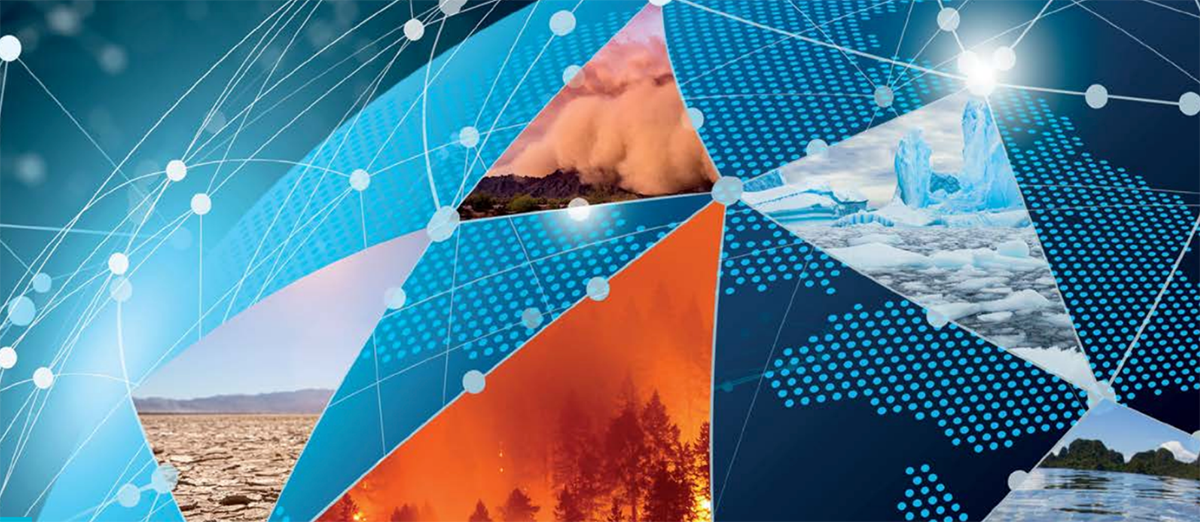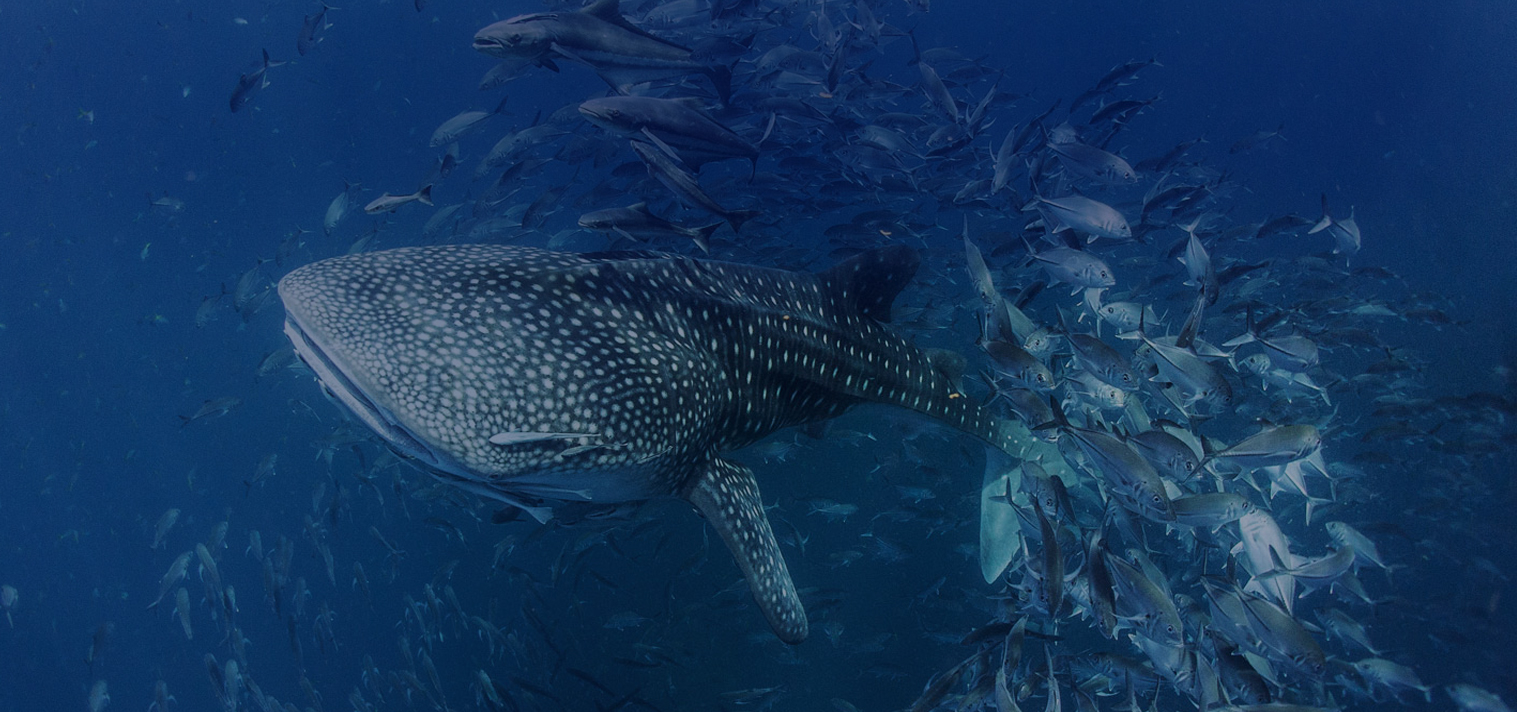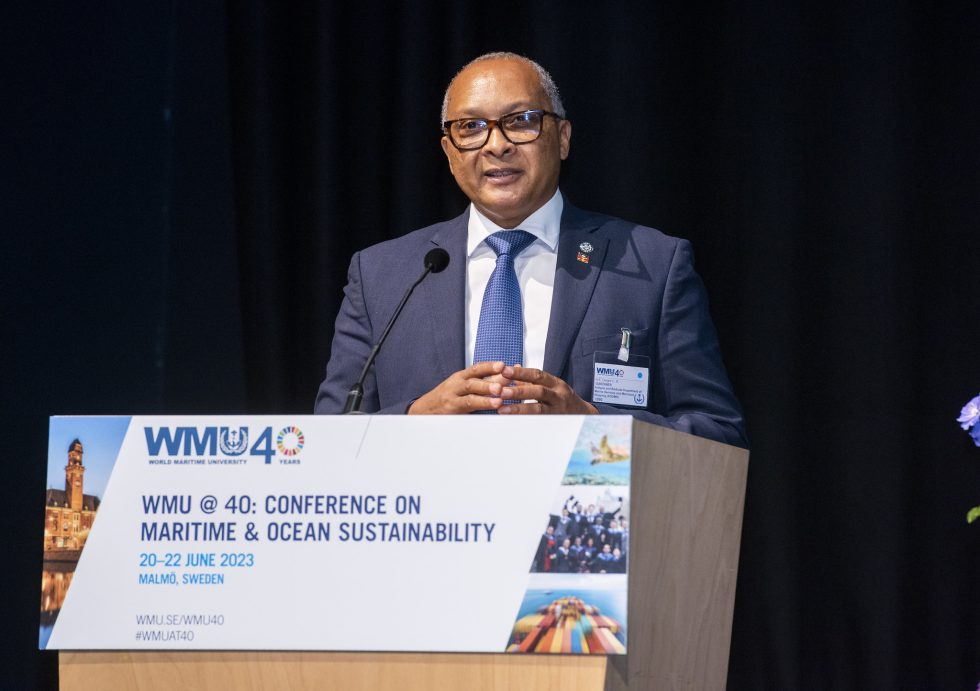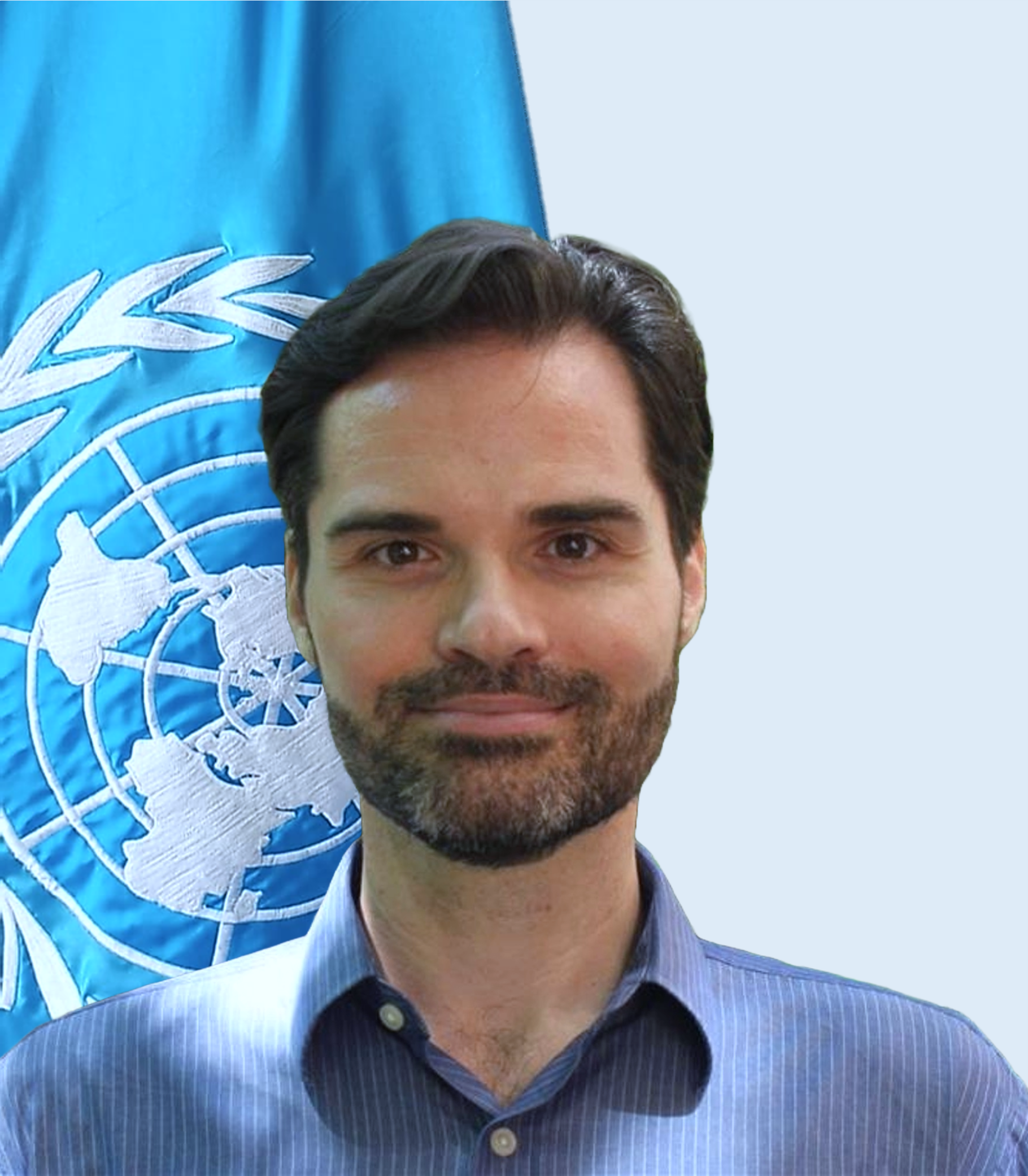Annual State of the Global Climate report highlights continuous advance of climate change
Featuring the latest data from IOC/UNESCO on ocean acidification levels across the global ocean, the WMO State of the Global Climate report 2022 focuses on key climate indicators: greenhouse gases, temperatures, sea level rise, ocean heat and acidification, sea ice and glaciers. It also highlights the impacts of climate change and extreme weather.

1 May 2023
-
Drought, floods and heatwaves affect large parts of the world and the costs are rising
-
Global mean temperatures for the past 8 years have been the highest on record
-
Sea level and ocean heat are at record levels – and this trend will continue for many centuries
-
Antarctic sea ice falls to lowest extent on record
-
Europe shatters records for glacier melt
Geneva, 21 April 2023 - From mountain peaks to ocean depths, climate change continued its advance in 2022, according to the annual report from the World Meteorological Organization (WMO). Droughts, floods and heatwaves affected communities on every continent and cost many billions of dollars. Antarctic sea ice fell to its lowest extent on record and the melting of some European glaciers was, literally, off the charts.
The State of the Global Climate 2022 shows the planetary scale changes on land, in the ocean and in the atmosphere caused by record levels of heat-trapping greenhouse gases. For global temperature, the years 2015-2022 were the eight warmest on record despite the cooling impact of a La Niña event for the past three years. Melting of glaciers and sea level rise - which again reached record levels in 2022 - will continue to up to thousands of years.
“While greenhouse gas emissions continue to rise and the climate continues to change, populations worldwide continue to be gravely impacted by extreme weather and climate events. For example, in 2022, continuous drought in East Africa, record breaking rainfall in Pakistan and record-breaking heatwaves in China and Europe affected tens of millions, drove food insecurity, boosted mass migration, and cost billions of dollars in loss and damage,” said WMO Secretary-General Prof. Petteri Taalas. “However, collaboration amongst UN agencies has proven to be very effective in addressing humanitarian impacts induced by extreme weather and climate events, especially in reducing associated mortality and economic losses. The UN Early Warnings for All Initiative aims to fill the existing capacity gap to ensure that every person on earth is covered by early warning services. At the moment about one hundred countries do not have adequate weather services in place. Achieving this ambitious task requires improvement of observation networks, investments in early warning, hydrological and climate service capacities,” he said.
The new WMO report is accompanied by a story map, which provides information for policy makers on how the climate change indicators are playing out, and which also shows how improved technology makes the transition to renewable energy cheaper and more accessible than ever.
In addition to climate indicators, the report focuses on impacts. Rising undernourishment has been exacerbated by the compounded effects of hydrometeorological hazards and COVID-19, as well as of protracted conflicts and violence.
Throughout the year, hazardous climate and weather-related events drove new population displacement and worsened conditions for many of the 95 million people already living in displacement at the beginning of the year, according to the report.
The report also puts a spotlight on ecosystems and the environment and shows how climate change is affecting recurring events in nature, such as when trees blossom, or birds migrate.
The WMO State of the Global Climate report was released ahead of Earth Day 2023. Its key findings echo the message of UN Secretary-General António Guterres for Earth Day.
“We have the tools, the knowledge, and the solutions. But we must pick up the pace. We need accelerated climate action with deeper, faster emissions cuts to limit global temperature rise to 1.5 degree Celsius. We also need massively scaled-up investments in adaptation and resilience, particularly for the most vulnerable countries and communities who have done the least to cause the crisis,” said Mr Guterres.
The WMO report follows the release of the State of the Climate in Europe report by the EU’s Copernicus Climate Change Service. It complements the Intergovernmental Panel on Climate Change (IPCC) Sixth Assessment report, which includes data up to 2020.
Dozens of experts contribute to the report, including National Meteorological and Hydrological Services (NMHSs) and Global Data and Analysis Centers, as well as Regional Climate Centres, the World Climate Research Programme (WCRP), the Global Atmosphere Watch (GAW), the Global Cryosphere Watch and Copernicus Climate Change Service operated by ECMWF. Read more






